1. Running Stitch
The running stitch is the most basic sewing stitch. It is used for joining two pieces of fabric together temporarily or for simple hand sewing projects.

To do the running stitch:
- Thread your needle with a single strand of thread and tie a knot at the end.
- Insert the needle from the backside of the fabric and pull it through to the front.
- Make a small stitch by inserting the needle back into the fabric a short distance away.
- Continue the pattern, evenly spacing the stitches.
- To finish, tie a knot on the wrong side of the fabric.
2. Backstitch
The backstitch is a stronger stitch that creates a solid line. It is commonly used for sewing seams or attaching appliques.

To do the backstitch:
- Thread your needle with a double strand of thread and tie a knot at the end.
- Insert the needle from the backside of the fabric and pull it through to the front.
- Move the needle backward a short distance and insert it back into the fabric.
- Bring the needle up a short distance ahead of the first stitch.
- Insert the needle back into the fabric at the end of the first stitch.
- Repeat steps 3-5 to complete the desired length of the backstitch.
- To finish, tie a knot on the wrong side of the fabric.
3. Blanket Stitch
The blanket stitch is often used for decorative purposes or to prevent the edges of fabric from unraveling. It creates a neat and finished look.

To do the blanket stitch:
- Thread your needle with a single strand of thread and tie a knot at the end.
- Insert the needle from the backside of the fabric and pull it through to the front, leaving a small tail of thread.
- Bring the needle up a short distance ahead of the first stitch and insert it back into the fabric at the same point.
- Before pulling the thread tight, pass the needle through the small loop created by the thread tail.
- Repeat steps 3-4 to complete the desired length of the blanket stitch.
- To finish, tie a knot on the wrong side of the fabric.
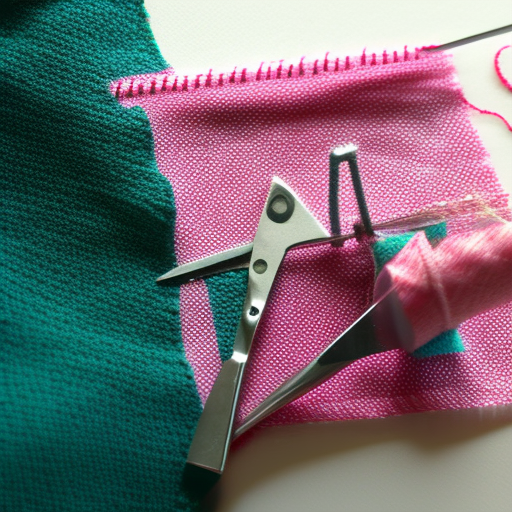
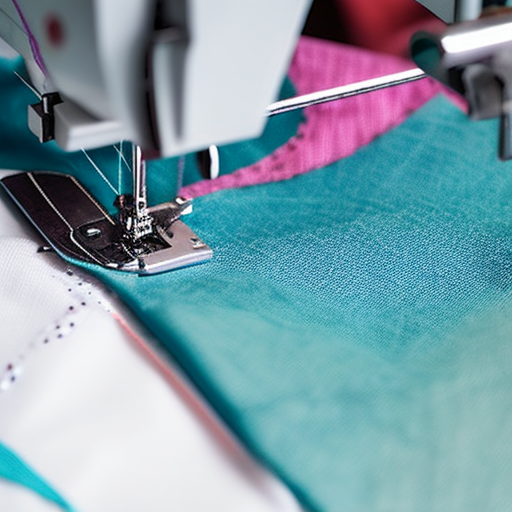
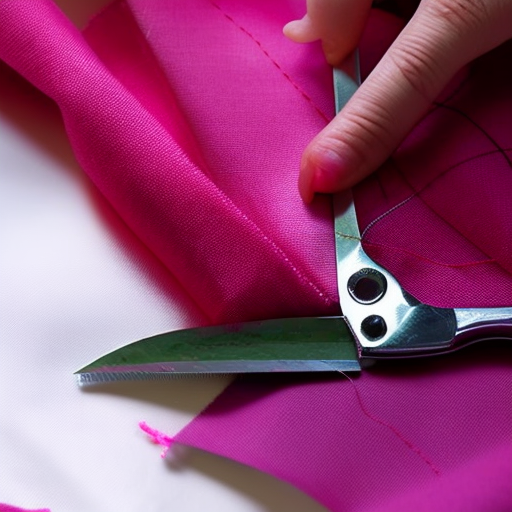
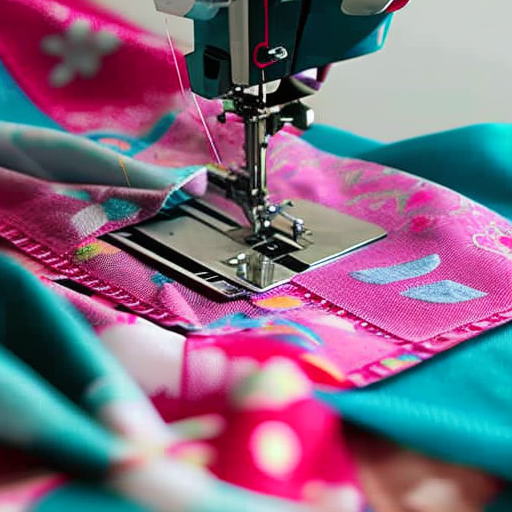
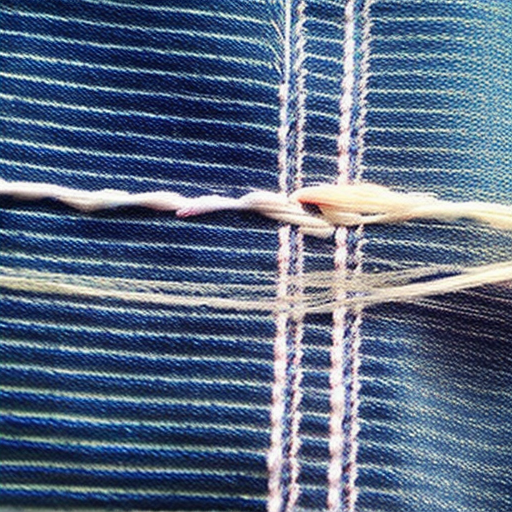
Awesome post!
Lisa Steven:Thanks for this helpful article!
Great article! Sewing is such a useful skill to have, and this has given me some great tips for how to master the most basic stitches.